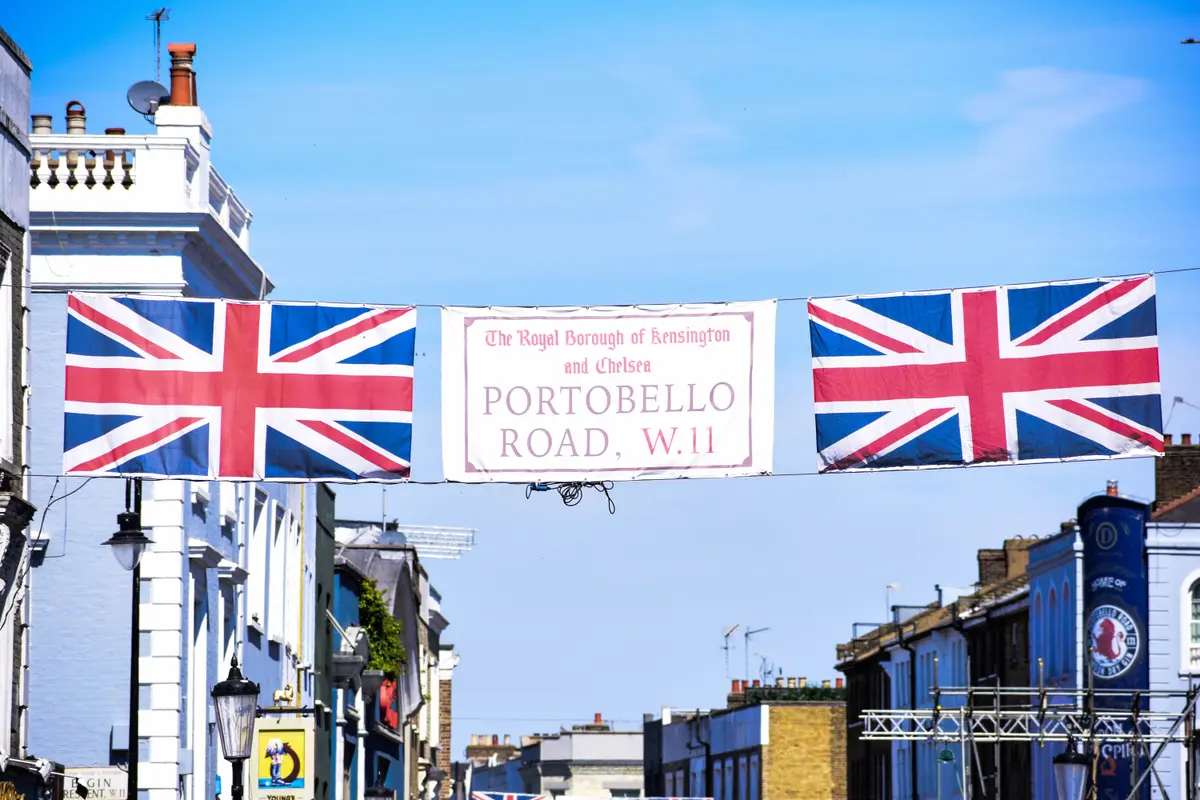Policy debates on the creative industries are mired in ambiguities and inconsistencies in terminology. Policymakers speak interchangeably of creative industries, cultural industries and creative economy. Cunningham (2009) compares the creative industries to a Rorschach blot, “being invested in for varying reasons and with varying emphases and outcomes.” While the inconsistent use of terminology likely reflects a number of factors – including genuine differences in policy emphases and desired outcomes in different countries – it presents a significant impediment to an understanding of what, by any definition, is a segment of the economy that is becoming more important in many countries.
The topic is of practical interest to policymakers as it is important to be able to critically assess the many studies showing the size and composition of the creative industries. These studies have been conducted in many countries and used to argue for the importance of the ‘sector’ to decision makers. The UK case is interesting in this regard, as researchers here have made particularly strong efforts to develop more systematic approaches.
Photo credit: Marvin Meyer via Unsplash
Related Discussion Papers
Regional Trade Agreements, Cultural Provisions and Trade in Cultural Goods
Analysing the impact of Regional Trade Agreements on the bilateral trade of cultural goods from 1999…
International Trade Challenges and the Effectiveness of Support Measures for the UK’s Creative Industries
The formidable challenges confronting the UK’s creative industries in the realm of exports, st…
Northern England’s Creative Industries
The Creative Industries are already a driver of growth across the UK economy. Export-intensive and m…
Creative Destruction? Creative firms, workers and residential gentrification
A new study by Tasos Kitsos, Max Nathan, and Diana Gutierrez-Posada finds only a minor influence of …
Speaking with One Voice
A fundamental remit of the BBC, and other public service broadcasters (PSBs) like ITV and Channel 4,…
Transitioning to Sustainable Production across the UK Theatre Sector
This discussion paper examines transitional pathways to sustainable theatre production in the UK. By…
Identifying and analysing UK fashion micro-clusters
The UK’s Fashion and Textiles industry contributed almost £20 billion to the UK economy in 202…
Net Zero as a catalyst in fashion micro and small enterprises
This report identifies examples of work taking place across three levels of change – social, e…
The Motives of Inbound Foreign Direct Investors in the UK Creative Industries
The UK’s creative industries have a global reach. British arts, technology, and design are internati…
Brexit uncertainty and international trade in services: Evidence from the UK creative industries 2014-2019
This discussion paper is based on one of the first studies to look at the impact of Brexit on the Cr…
Working Together – Cooperatives as a creative industry business model
This authors looks at how creative workers and students typically understand cooperatives, explore t…
Building sustainable regional music industry clusters
This report looks at the role the creative industries can play for the Levelling Up agenda, as well …












